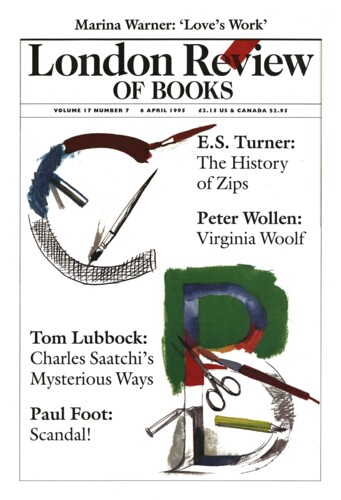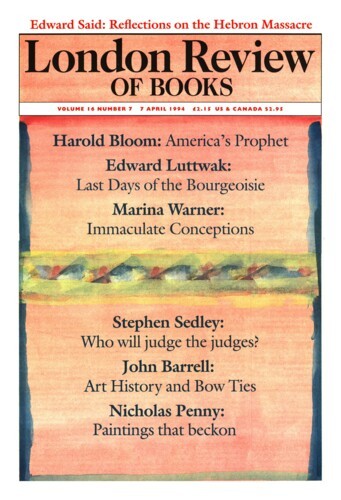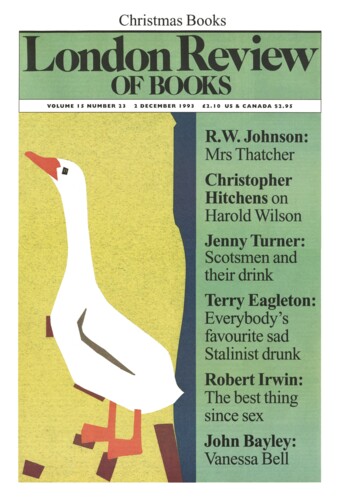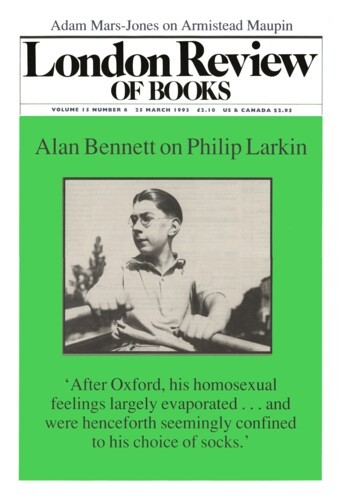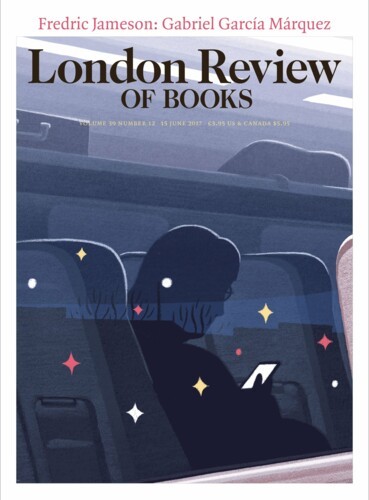Fit for a Saint
Nicholas Penny, 6 April 1995
The most significant event to have taken place in Italy in recent years, as far as the art and architecture of that country is concerned, is the institution of an annual opening of numerous normally inaccessible historic buildings in Naples, organised by the private charity Napoli Novantanove. The two open days in May last year attracted a million visitors. Few of them, I suspect, came from the UK, where the episode was little noticed, and where Naples, sadly, is now little loved, but the success of this initiative has been well publicised in Italy. It coincides with a determination to reverse the trend towards the closure of more and more old buildings, and a recognition that surveillance provides better security against theft than locks and alarms. Visitors to Venice are beginning to benefit from this new policy. San Sebastiano, which contains the world’s greatest collection of paintings by Veronese, and the Madonna dell’Orto, which contains the most moving and sublime of Tintoretto’s canvases, have been reopened, as have many other churches in the quieter (often eerily silent) quarters of the city, well off the main tourist routes.
